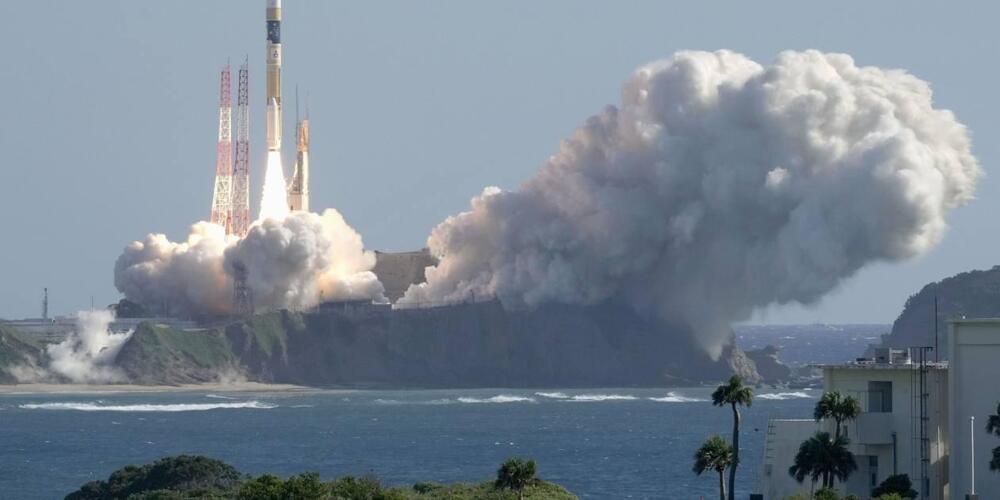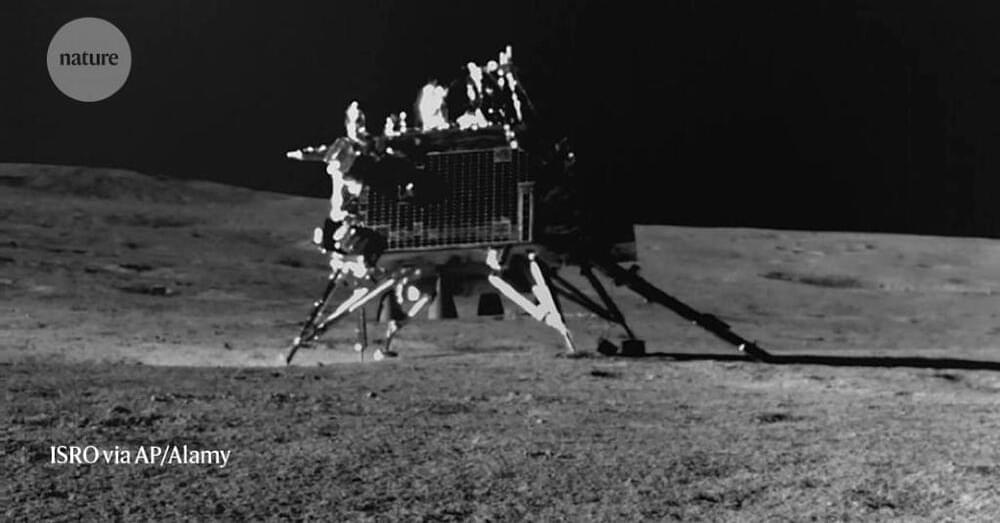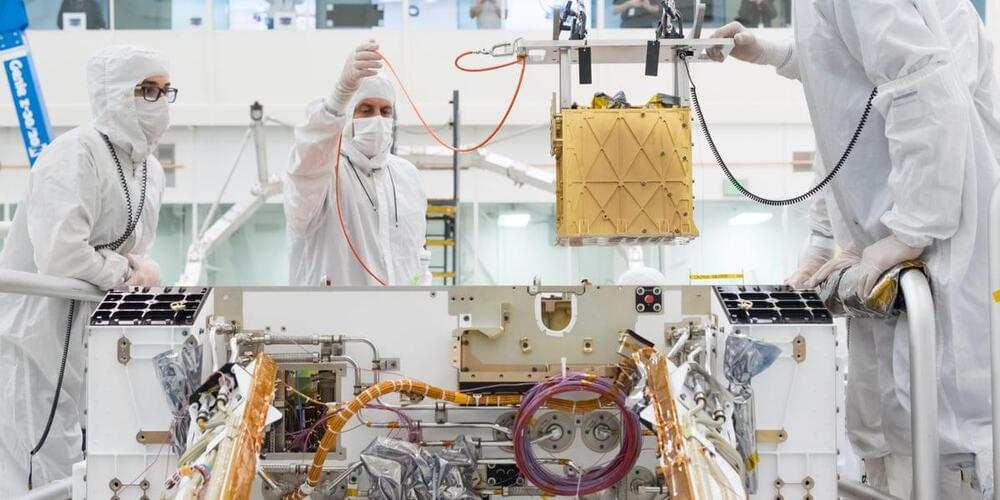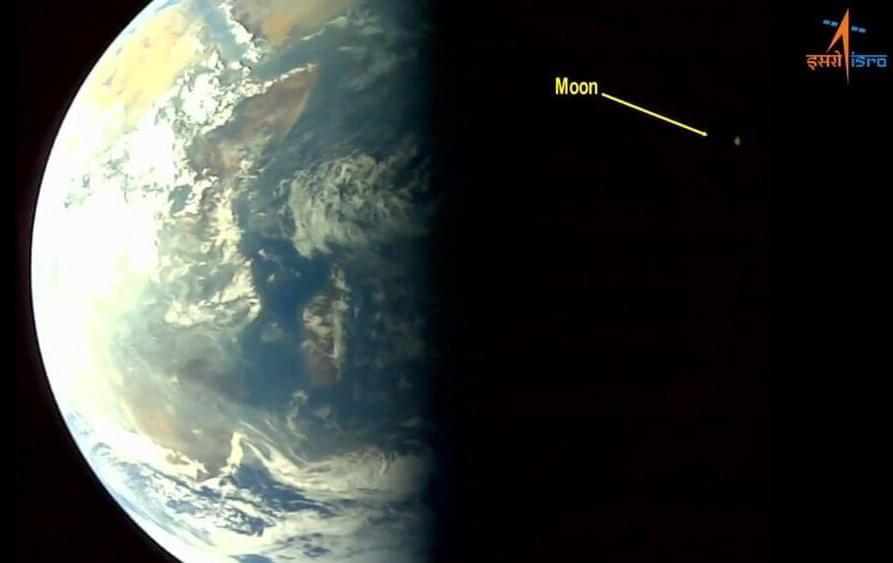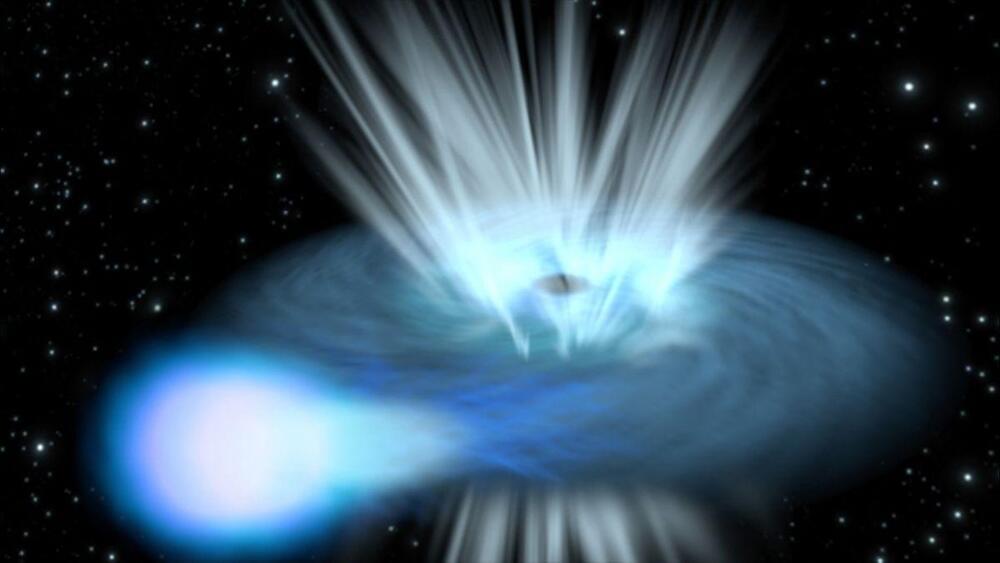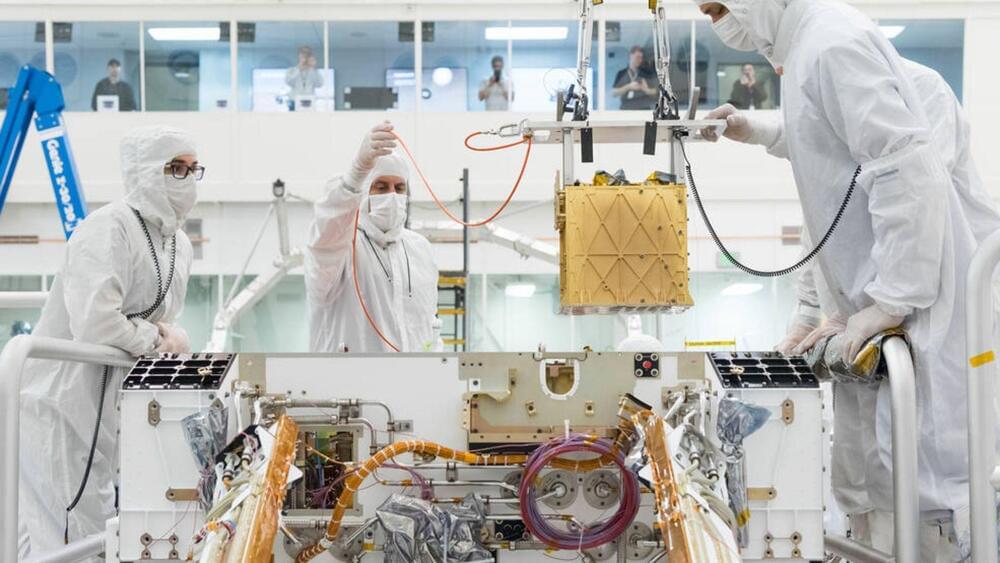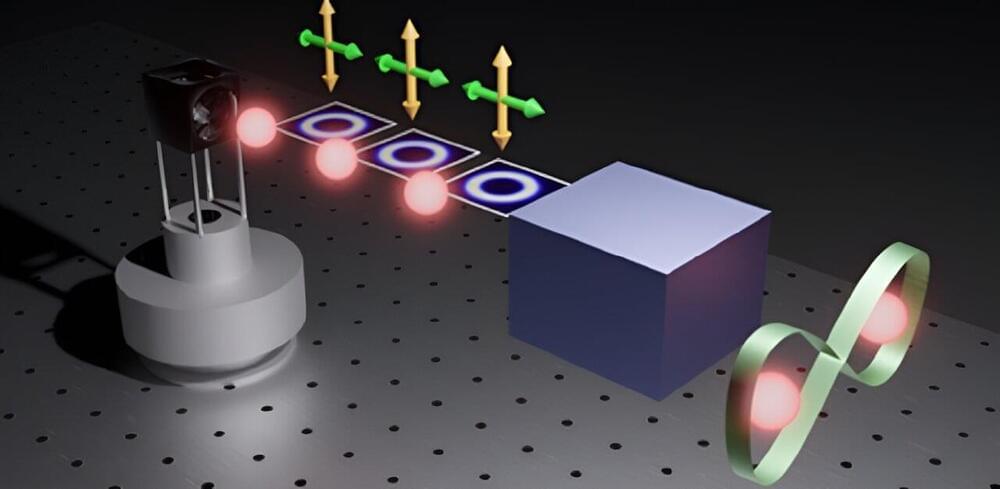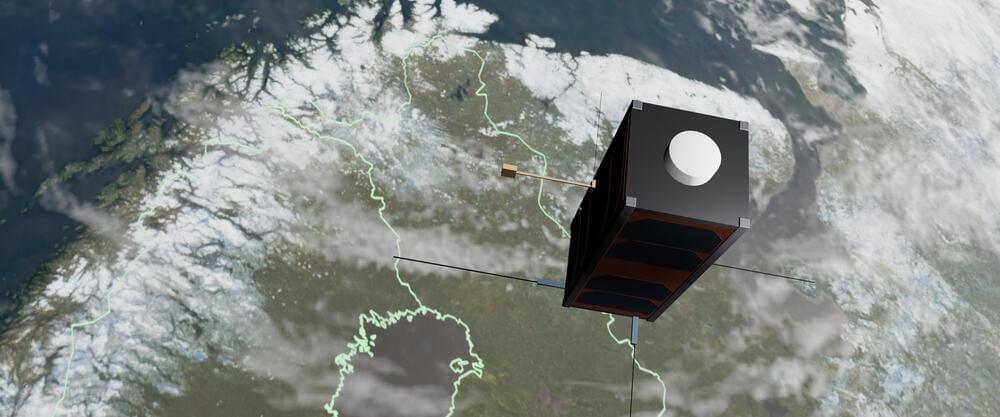TOKYO — Japan launched a lunar lander on Thursday, aiming to become the fifth nation to achieve a soft landing on the moon’s surface early next year following India’s success in a similar mission last month.
The Smart Lander for Investigating Moon (SLIM) was sent to space on an H-IIA rocket, the first launch since a high-profile launch failure of the next-generation H3 rocket in March.
